Dec. 05, 2013
Decorative Publishers’ Bindings
Categories:
Collection Highlights
During the 1800s publishers began looking for an economical way to produce books in large quantities. Cloth covers replaced leather, and case binding (where the text block and cover were produced separately and the cover was then attached with glue) became the norm. Although these bindings were economical, they were often ornately decorated with gold or silver stamping and illustrations ... Read More
